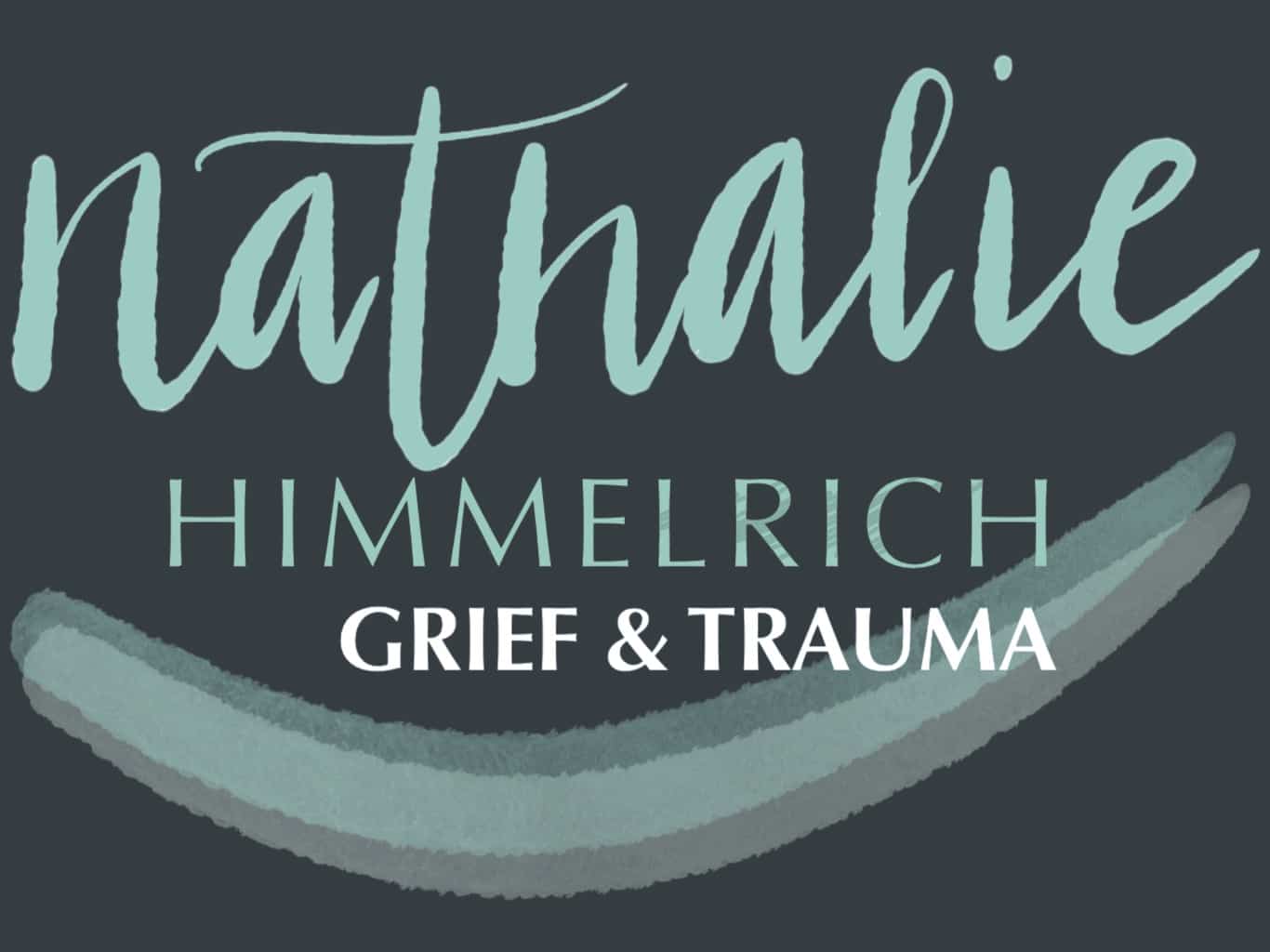
Table of Contents
Regulated
Human beings have a nervous system. This nervous system comes into play on a daily basis.
When a nervous system is regulated, blood flows naturally and effortlessly, moves into the higher-order part of our brain. In a regulated state, we have access to our social engagement function, creativity, higher-order problem solving, and complex perspective-taking to the current level of our cognitive development.
Having a regulated nervous system is essential to well-being and the potential of thriving as a human being.
Dysregulated
When dysregulated, however, this higher-order brain function shuts down by degrees depending on just how activated (triggered) our nervous system becomes.
Triggers can for example be
- being exposed to intense noise, activity or movement
- trying to accomplish too much in too short of time, rushing
- being in a highly stressful environment, such as at work or home
- sudden shock, for example being fightened by a loud noise or through an attack
- violence to the body, as subtle as through blood being taken
As an effect, we lose access to our ability to engage socially, often felt as social anxiety.
We lose access to creativity and problem solving, which often feels like stress.
We lose access to perspective-taking, often felt es rigid and stuck thinking.
As a result, we tend to experience some heightened aspect, or a combination of
- fight
- flight
- freeze
- fawn
“There are two types of people in this world. Those that are traumatized, and those that are traumatized but they don’t know it.”
Gabor Mate
Regulation is a priority
Being regulated, therefore, should be a high priority in the way we approach life.
A truly regulated state, however, only exists in relation to other human beings, referred to as co-regulation. We are socially wired and our nervous systems need others to feel safe.
Co-regulation versus self-regulation
A dysregulated state is essentially a child state, and a child is incapable of feeling safe without the presence of a calm adult. Regulation is learned by modeling and through co-regulation in attuned and secure parenting relationships.
When there is a lack of a safe, calm other – either because that is the reality one finds on in or because prevailing attachment patterns block one from being able to recognize and move towards this form of security, then alternative regulation strategies are enacted.
Self-soothing (self-regulation)
Examples of self-soothing (calming down an anxious nervous system) are:
- calming strategies, such as breathing in a specific rhythm
- going for walks in nature
- using specific scents an essentials such as in aroma therapy
Self-soothing is a strategy, a technique to help one get by, but it won’t solve the reason why the nervous system is in an anxious state, to begin with.
In regards to attachment styles, this technique is most often used by anxious types.
Auto-regulation (self-regulation)
This strategy tends to focus on taking one’s mind away from the intensity of interpersonal stress, often by seeking other forms of intensity.
Examples of auto-regulation are:
- exercising with high intensity or in extreme sports
- using drug or alcohol
- watching movies or series, usually dramatic or action intense
- sex
- applying oneself in certain types of intense breath-work or meditation
- working through high focus periods
- using emotional cathartic prelease processes
All these intense energy-focusing activities shift one’s focus away from the triggering event while maintaining the activated state within the nervous system. This seemingly highly productive strategy is over time taxing on the adrenals, kidneys, and the nervous system health.
In regard to attachment style, this technique is most often used by avoidant types.
Co-regulation
Co-regulation, however, is an experience of entering a regulated nervous system state in and by the presence of another, or multiple, human beings.
It is often so natural that we don’t necessarily recognize that we are in it.
Examples of co-regulation are:
- connecting to your beloved
- playing and having fun with another human being
- feeling the care of attuned parents
- looking into someone’s eyes without even saying any words
Ways to co-regulate are:
- Touch – such as holding hands, sitting shoulder to shoulder, back-to-back or in a simple embrace with another human being
- Breath and gaze – which involved breathing together while maintaing some form of eye contact
- Verbal – through active, embodied listening and reflective mirroring
Co-regulation AND self-regulation
All of those kinds of regulations have their place and are highly necessary. At times, self-regulation is the only available option, yet, co-regulation is vitally important. Even more so in today’s situation.
Optimal thriving as a human being does not, cannot, and will not (while we remain human) occur in isolation.
Damien Bohler

Such great website
Amazing blog thanks for sharing today on this blog